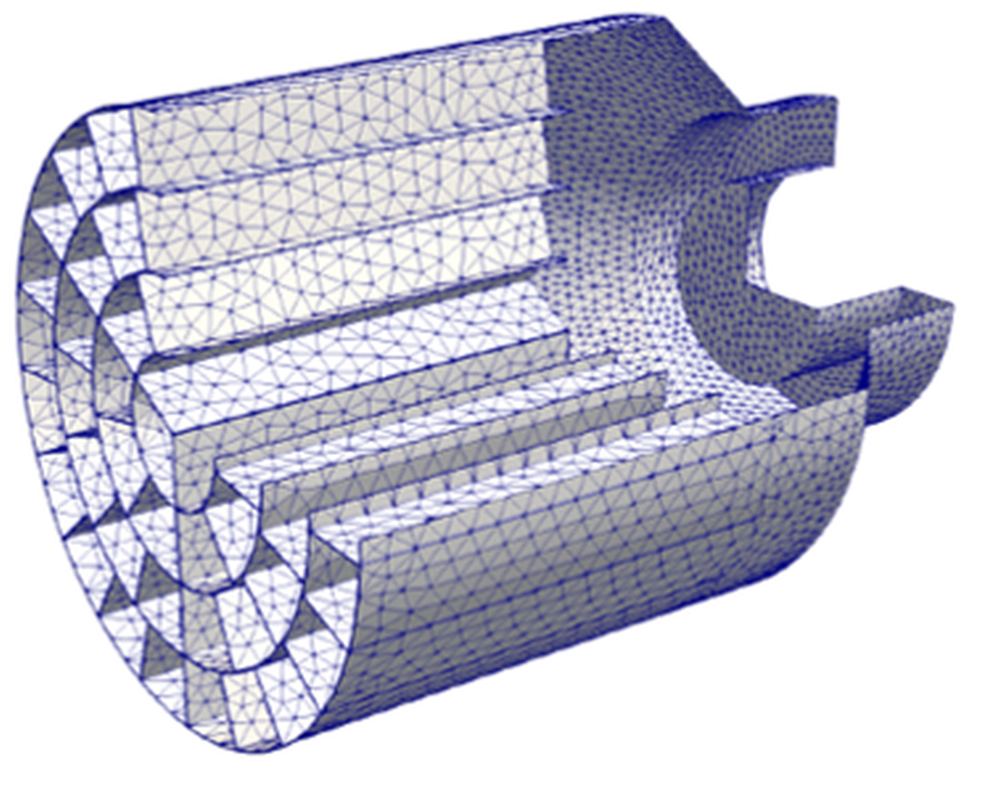Like all other technologies, satellite technology has grown in leaps and bounds in the past couple decades. Satellites can monitor Earth in increasingly high resolutions, aiding everything from storm forecasting, to climate change monitoring, to predicting crop harvests. But there’s one thing still holding satellites back: altitude.
Satellites could gather more data at better resolutions if they could orbit lower and closer to Earth. Communications satellites would also have lower latency. But the closer they get, the more atmospheric drag there is, which causes their orbits to decay more rapidly, sometimes in mere weeks.
The European Space Agency (ESA) might have a solution: let the satellites breathe.
Most satellites do not orbit closer to Earth than about 300 km (190 mi.) The closer a satellite is to Earth, the denser the atmospheric gases are. Placing a satellite in a low altitude means its orbit will decay quicker because of the drag. The Hubble, for example, orbits at about 540 km (336 mi.) The International Space Station orbits between 330 km (205 mi) and 410 km (255 mi), but it has engines to boost its orbit.
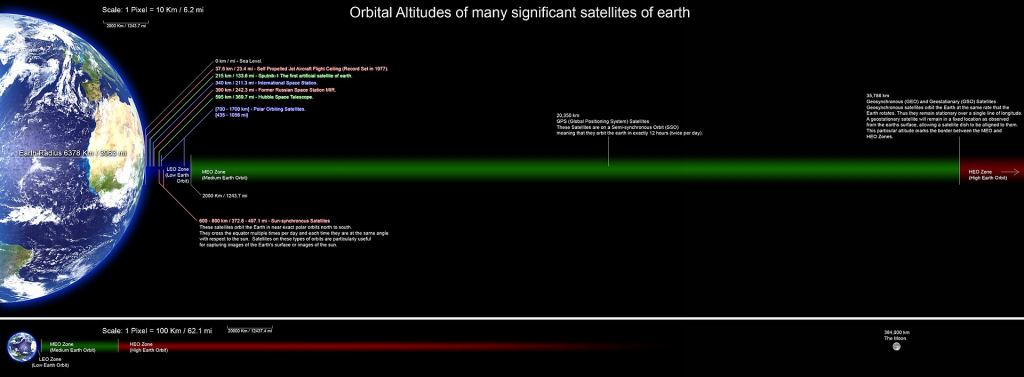
The engines on the ISS are not applicable to satellites, but the ESA’s system is. It’s an air-breathing ram-jet system being developed through the ESA’s General Support Technology Program (GSTP). The GSTP is an incubator-style program that helps promising concepts mature into usable technology.
With this system—being developed by the ESA, the Von Karmann Institute, and Politechnico di Milano—the problem of atmospheric drag is turned into its own solution. As the atmosphere gets thicker closer to Earth, that atmosphere also contains more oxygen. This system can collect that scarce oxygen and use it as a propellant, keeping satellites in orbit at lower altitudes than before.
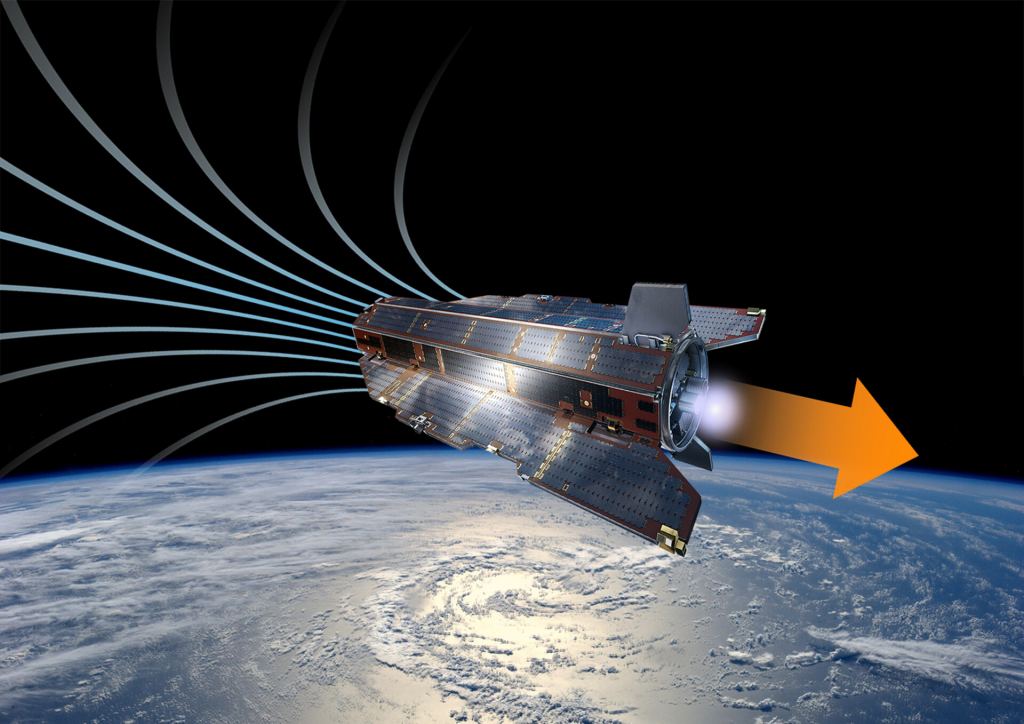
The ESA has tested satellite propulsion systems in the past, including one that carried 40kg of xenon as propellant. It was called GOCE, or Gravity Field and Steady-State Ocean Circulation Explorer. By operating closer to Earth than other satellites, it was able to map Earth’s gravity more accurately than ever before. But its xenon propellant ran out after about 3.5 years and it was destroyed when it entered the atmosphere.
But this new system doesn’t need xenon. It uses the thin oxygen in the upper atmosphere as fuel for its ion thruster, and that innovation could add years to the lives of lower-altitude satellites.
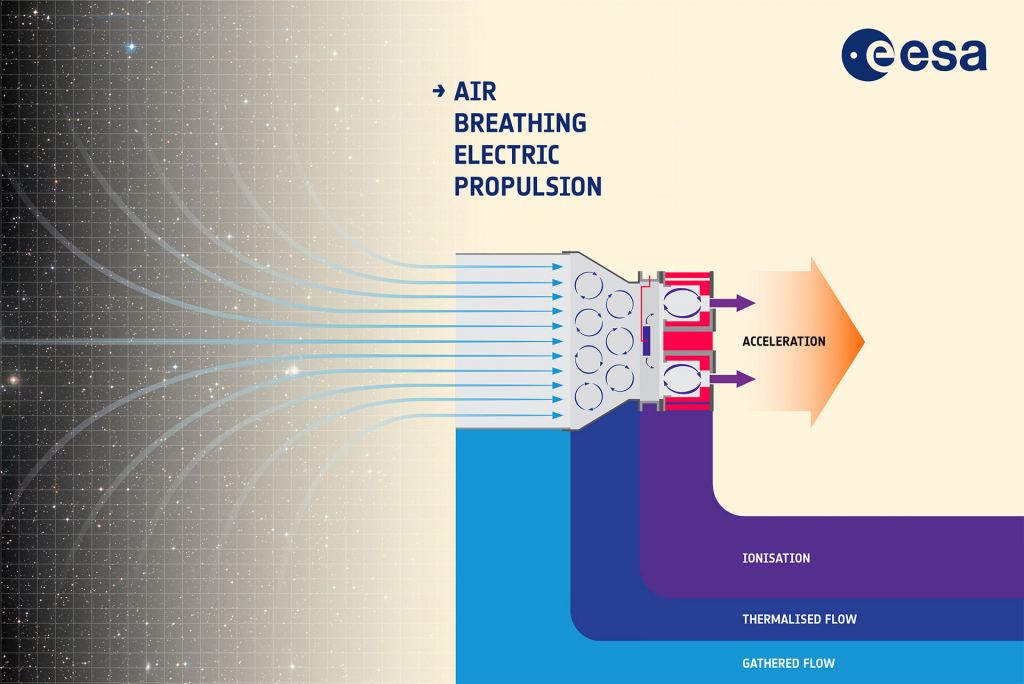
Gathering the thin atmosphere requires a very specially designed intake. The Italian company Sitael built a complete test thruster and put it to work inside a vacuum chamber, with the chamber simulating conditions at a 200 km (124 mi) altitude. A particle flow generator produced the simulated flow of atmosphere at that altitude.
The system’s simple design makes it all the more attractive. There are no moving parts. Everything is relatively simple, and passive. All that’s needed is electricity from the satellite’s onboard power system.
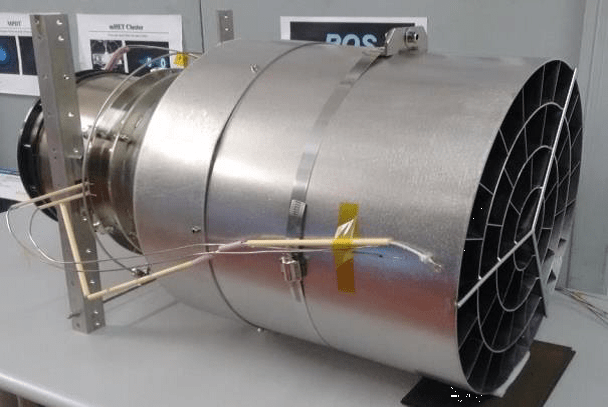
In testing, the system performed well. Initially, they wanted to test the capability to gather and compress enough air for the device to work. But they decided to test it further.
They attached an electric thruster, to see if the system could collect and pressurize enough for ignition. First, they tried it with xenon, and it was successful. Then they replaced some of the xenon with a nitrogen-oxygen mixture, and that was successful, too.

In the final test, the xenon was completely replaced with the nitrogen-oxygen mixture, and it was able to repeatedly ignite.
“When the xenon-based blue colour of the engine plume changed to purple, we knew we’d succeeded,” said the ESA’s Louis Walpot. “The system was finally ignited repeatedly solely with atmospheric propellant to prove the concept’s feasibility.”
“This result means air-breathing electric propulsion is no longer simply a theory but a tangible, working concept, ready to be developed, to serve one day as the basis of a new class of missions,” Walpot said in a press release.
It’s been a couple years since these tests, and the system is still being developed. If it works in practical terms, it has great potential. The ESA says that the system could allow satellites to operate continuously at altitudes between 180 km (112 mi) and 250 km (155 mi).
The effectiveness of the engine relies largely on the specially-designed air intake. Collecting and concentrating enough air molecules from the thin atmosphere is a challenge.
Not only can the engine allow satellites to orbit Earth more closely, and to do better work, it might be applicable to missions to other planets or moons. Mars, for example, does have some atmosphere, and it’s possible that a system like this would allow a satellite to work at a lower altitudea at that planet.

